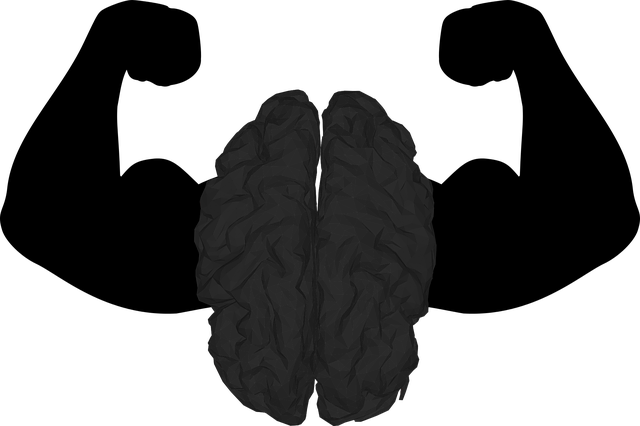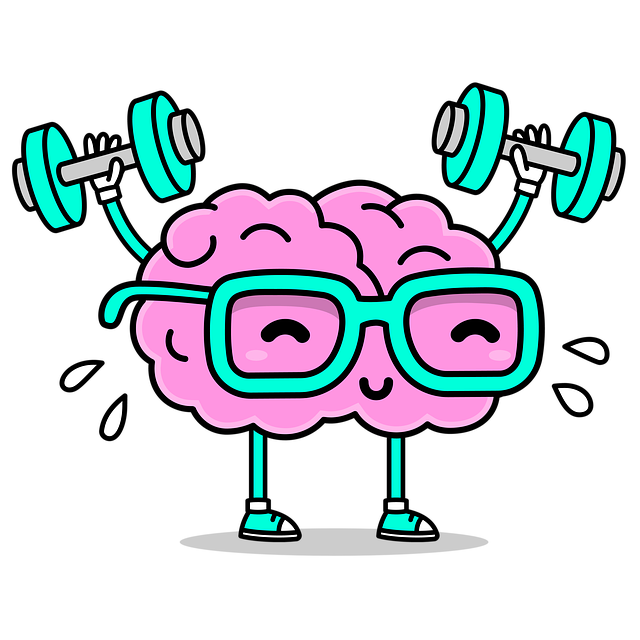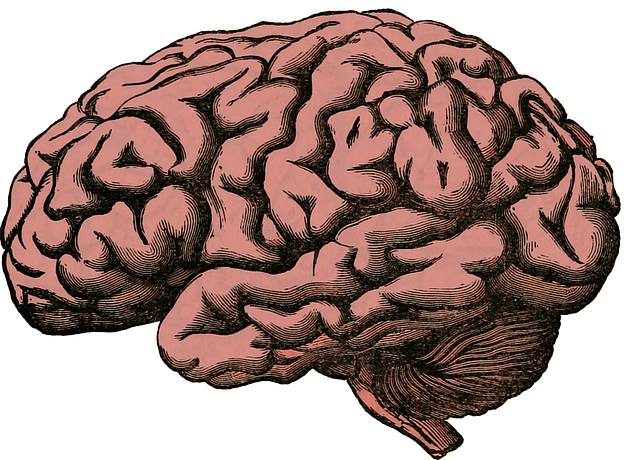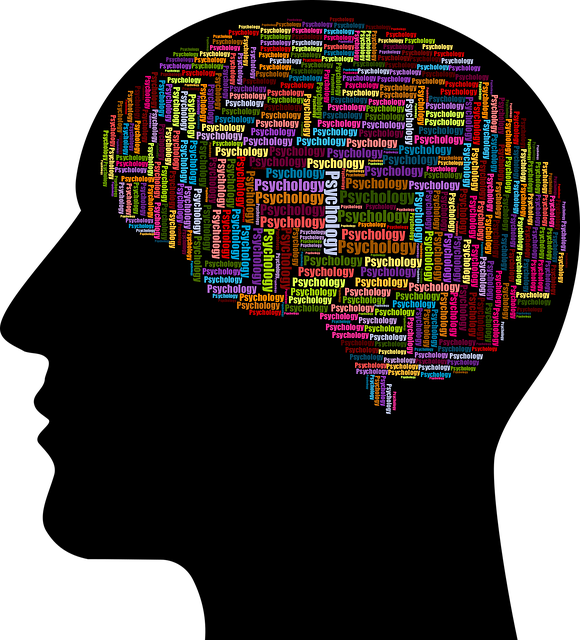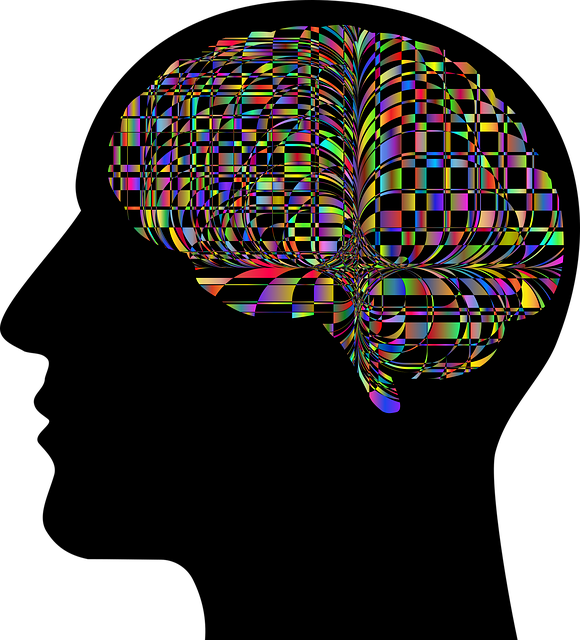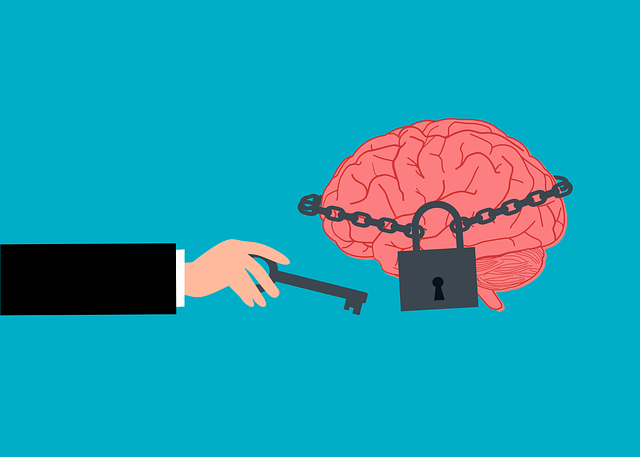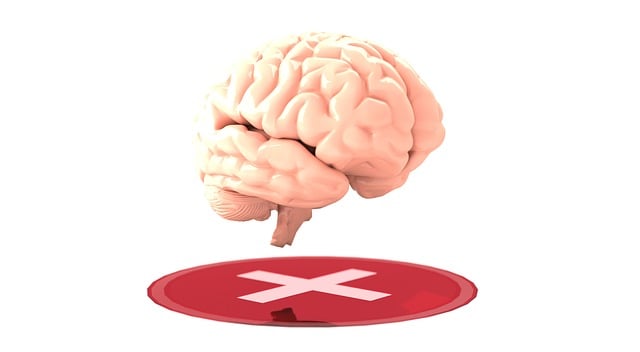Anxiety in adolescents is a significant predictor of future substance abuse, driven by stress and brain development. Early intervention with evidence-based practices like cognitive-behavioral therapy (CBT) can prevent this progression. CBT equips teens with coping mechanisms, reduces risk of substance misuse, and includes group therapy for peer support. Holistic approaches addressing physical health, nutrition, and mental well-being further stabilize moods and mitigate cravings. Therapy tailored to individual needs, along with family involvement and public awareness, are key in preventing adolescent substance abuse by targeting underlying anxiety issues.
In today’s world, substance abuse among adolescents is a growing concern, often linked to underlying anxiety disorders. This article explores effective risk reduction strategies, focusing on therapeutic approaches tailored to address teen anxiety and prevent substance misuse. We delve into Cognitive Behavioral Therapy (CBT) techniques, emphasizing mindfulness and coping skills, as well as the power of group therapy and peer support networks in fostering a supportive community. Additionally, we discuss a holistic approach that integrates physical health, nutrition, and mental well-being.
- Understanding the Link Between Adolescent Anxiety and Substance Abuse
- Therapeutic Approaches for Teen Substance Abuse Prevention
- Cognitive Behavioral Therapy (CBT): A Focus on Mindfulness and Coping Strategies
- Group Therapy and Peer Support Networks: Building a Supportive Community
- Holistic Approach: Integrating Physical Health, Nutrition, and Mental Well-being
Understanding the Link Between Adolescent Anxiety and Substance Abuse

Anxiety among adolescents is a significant predictor of future substance abuse issues. During adolescence, individuals are particularly vulnerable to developing unhealthy coping mechanisms due to increased stress and a still-evolving brain structure. High levels of anxiety can lead teens to seek immediate relief from their discomfort, often through the use of substances like alcohol or drugs. Early intervention is crucial; identifying and addressing adolescent anxiety through evidence-based practices such as therapy for teen anxiety can prevent the progression to substance abuse disorders.
One effective approach in therapy for adolescent teens anxiety is fostering positive thinking and self-awareness exercises. By teaching teens to recognize and manage their anxiety symptoms, they gain valuable tools to navigate challenging situations without resorting to substances. Additionally, cultural sensitivity in mental healthcare practice plays a vital role in understanding and addressing the unique stressors and experiences that contribute to adolescent anxiety, ensuring tailored support for each individual’s needs.
Therapeutic Approaches for Teen Substance Abuse Prevention

Therapeutic approaches play a pivotal role in preventing adolescent substance abuse by addressing the root causes often intertwined with mental illness. For teen substance abuse prevention, cognitive-behavioral therapy (CBT) has proven effective in treating anxiety and other common co-occurring disorders among adolescents. CBT equips teens with coping strategies to manage stress, emotions, and triggers that might lead to substance misuse, fostering emotional healing processes.
Beyond individual therapy, group settings and family involvement are integral components of successful therapeutic approaches. Group therapy facilitates peer support and fosters a sense of belonging, reducing the stigma associated with mental illness and encouraging open communication about challenges. Public awareness campaigns development targeting both parents and teens can play a significant role in stigma reduction efforts, promoting understanding and early intervention for at-risk adolescents.
Cognitive Behavioral Therapy (CBT): A Focus on Mindfulness and Coping Strategies

Cognitive Behavioral Therapy (CBT) offers a structured approach to addressing substance abuse issues by focusing on changing negative thought patterns and behaviors. This therapy type empowers adolescent teens struggling with anxiety by teaching them mindfulness techniques and effective coping strategies. Through CBT, individuals learn to recognize triggers, challenge distorted thinking, and develop healthier ways of managing stress and emotions. By targeting underlying mental health concerns, such as anxiety, CBT helps prevent burnout and promotes better decision-making, ultimately reducing the risk of substance abuse.
Incorporating communication strategies within CBT is vital for fostering a safe and supportive environment. Encouraging open dialogue between teens and therapists allows for the exploration of thoughts and feelings without judgment. This aspect of therapy enhances mental health awareness, enabling adolescents to understand their emotions and develop resilience against potential triggers, thereby reducing the likelihood of substance abuse relapses in the future.
Group Therapy and Peer Support Networks: Building a Supportive Community

Group Therapy and Peer Support Networks play a pivotal role in reducing risks associated with substance abuse among adolescent teens suffering from anxiety. In these therapeutic settings, teenagers connect with peers facing similar challenges, fostering a sense of belonging and understanding. This supportive community encourages open dialogue, where individuals can share their experiences without fear of judgment, promoting a culture of empathy and accountability.
Through group therapy sessions, adolescents learn valuable coping strategies to manage anxiety and build resilience. They gain insights into their behaviors and triggers, developing healthier ways to cope with stress and emotions. Moreover, peer support networks offer continuous encouragement and motivation, helping teenagers maintain focus on their mental wellness journey. This collective approach not only aids in substance abuse prevention but also contributes to self-esteem improvement, enabling teens to navigate challenges with enhanced confidence.
Holistic Approach: Integrating Physical Health, Nutrition, and Mental Well-being

A holistic approach to risk reduction for substance abuse among adolescents involves addressing the interconnectedness of physical health, nutrition, and mental well-being. For teens struggling with anxiety, integrating therapy sessions that focus on building empathy and understanding can be transformative. These strategies foster a sense of belonging and safety, reducing the appeal of substance use as a coping mechanism.
By incorporating evidence-based communication techniques and mental health policy analysis and advocacy, support systems can effectively reach out to at-risk teens. Nutritional interventions tailored to address any underlying deficiencies or imbalances can also play a significant role in stabilizing moods and mitigating cravings, alongside improving overall physical resilience.
In addressing substance abuse among adolescents, a multi-faceted approach is crucial. By understanding the strong link between anxiety in teens and substance misuse, we can implement effective strategies such as CBT to foster mindfulness and coping mechanisms. Group therapy and peer support networks create a sense of community, while holistic approaches that integrate physical health, nutrition, and mental well-being offer comprehensive solutions. For parents and caregiving professionals, these therapeutic options provide valuable tools to guide adolescents toward healthier choices and mitigate risks associated with substance abuse, ultimately prioritizing the overall mental and emotional well-being of young individuals.



